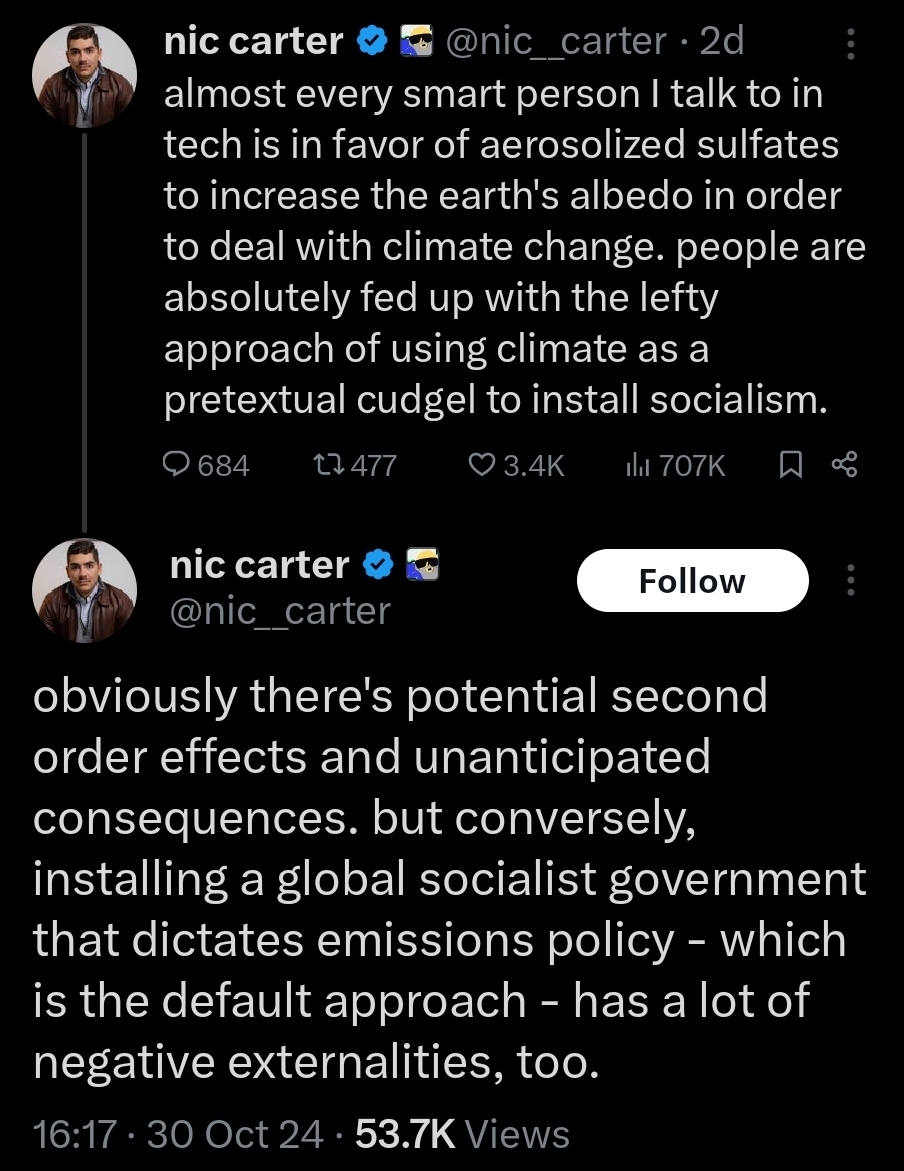the_dunk_tank
It's the dunk tank.
This is where you come to post big-brained hot takes by chuds, libs, or even fellow leftists, and tear them to itty-bitty pieces with precision dunkstrikes.
Rule 1: All posts must include links to the subject matter, and no identifying information should be redacted.
Rule 2: If your source is a reactionary website, please use archive.is instead of linking directly.
Rule 3: No sectarianism.
Rule 4: TERF/SWERFs Not Welcome
Rule 5: No ableism of any kind (that includes stuff like libt*rd)
Rule 6: Do not post fellow hexbears.
Rule 7: Do not individually target other instances' admins or moderators.
Rule 8: The subject of a post cannot be low hanging fruit, that is comments/posts made by a private person that have low amount of upvotes/likes/views. Comments/Posts made on other instances that are accessible from hexbear are an exception to this. Posts that do not meet this requirement can be posted to !shitreactionariessay@lemmygrad.ml
Rule 9: if you post ironic rage bait im going to make a personal visit to your house to make sure you never make this mistake again
view the rest of the comments

What is the mechanism for this?
Primarily precipitation pattern shifts. Stratospheric aerosol injection (SAI) is highly likely to result in less precipitation falling globally overall, but it's really the distribution that's worrying. Our natural model for this--the eruption of Mt. Pinatubo in the 1990s--caused an almost perfect inversion of global precipitation patterns: places that usually get a lot of rain turned dry, and places that are usually dry got a lot of rain. The effect was detectable for more than two years, and appeared and disappeared right along with the temperature reduction signal.
Here's the precipitation anomaly and Palmer Drought Severity index data for 1991 and 1992, immediately after the eruption. Warmer colors mean less water:
Computational modeling of SAI has indicated that this was not a fluke, and that the degree of change will likely increase with more aerosols in the stratosphere. Both elements of the switch are bad: if you're used to dry conditions, excess precipitation brings flash flooding, erosion, and mudslides. If you're used to rainy conditions, a lack of precipitation brings drought, famine, and fire. SE Asia--and other places that rely on a stable seasonal monsoon--are likely to be especially hard hit, and we have every indication that the shift would be permanent for as long as we kept up SAI. That's why I said it would set off the worst refugee crisis in the world's history.
Ah that's horrifying, I never appreciated this aspect of geo-engineering